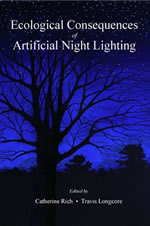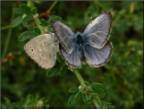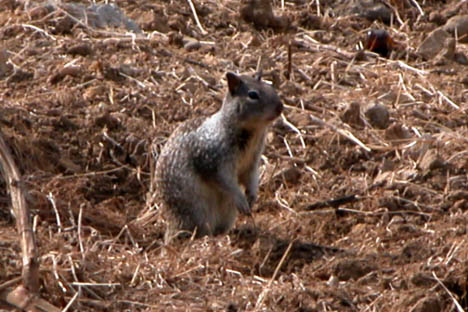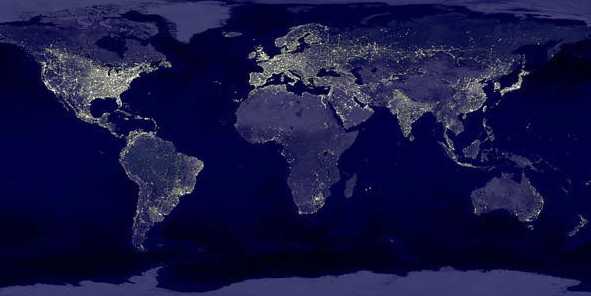Resources
Order Ecological
Consequences of Artificial Night Lighting (Island Press),
edited by Catherine Rich and Travis Longcore.
"Ecological
Light Pollution" in Frontiers in Ecology and the Environment
(posted with permission of Ecological Society
of America)
Longcore, Travis and Catherine
Rich. A review of the ecological effects of road reconfiguration and
expansion on coastal wetland ecosystems. Los Angeles, The Urban Wildlands
Group. 12 pp. (November 14, 2001). (pdf:
50kb)
ECANL
Conference Abstracts (html)
ECANL
Conference Abstracts (138 kb pdf)
Bibliography
of Scientific Literature
Media Coverage
Magazines and Journals
Holden, Constance (ed.). 2002.
[Random Samples] Lighting’s dark side. Science 295:1227.
Harder, Ben. 2002. Deprived
of darkness: the unnatural ecology of artificial light at night.
Science News 161(16):248–249. [Cover Story].
Wong, Kathleen M. 2002. Turn
off the lights! California Wild 55(4):4–5.
Mittelstaedt, Martin. 2003.
Blinded by the light. Reader’s Digest [Canada] 162(970):116–124.
Eaton, Joe. 2003. Tower kill.
Earth Island Journal 17(4):32–35 [Cites conference].
Newspapers
Mittelstaedt, Martin. 12 Jan
2002. Blinded by the light. The Globe and Mail [Toronto], F1.
Alessi, Ryan. 14 Jan 2002. Lighting
a path to extinction? Man-made bright nights alter habitats, behavior
of nocturnal creatures. Scripps Howard News Service [published in
many newspapers nationwide, including San Francisco Chronicle, Pittsburgh
Post-Gazette].
Lowy, Joan. 14 Jan 2002. Reclaiming
the night sky. Scripps Howard News Service [published in many newspapers
nationwide, including San Francisco Chronicle, Pittsburgh Post-Gazette].
Bridges, Andrew. 3 Feb 2002.
Artificial light, wildlife studied. Associated Press [published
in newspapers and websites nationwide, including Los Angeles Times
website, New York Times website, The Santa Fe New Mexican].
Littlejohn, Donna. 22 Feb 2002.
Conference to shed light on light. Daily Breeze [Torrance, California],
B1.
Carpenter, Tom. 22 Apr 2003.
Nocturnal animals beware. The South End [Detroit, Michigan].
Radio
CNN Radio Español (radio
interview, by telephone, Mar 2002).
National Public Radio, Talk
of the Nation (radio interview with Travis Longcore, by telephone,
8 May 2002).
KPCC (Pasadena, California), Talk
of the City (radio interview with Catherine Rich and Travis Longcore,
in-studio, 20 Dec 2002). (Listen)
BBC Radio 4, The Leading Edge
(radio interview with Travis Longcore, in person, 13 Feb 2003).
Online
Guynup, Sharon. 17 Apr 2003. Light
pollution taking toll on wildlife, eco-groups say. National Geographic
Today.
Conference Annoucement,
Abstracts, and Program







